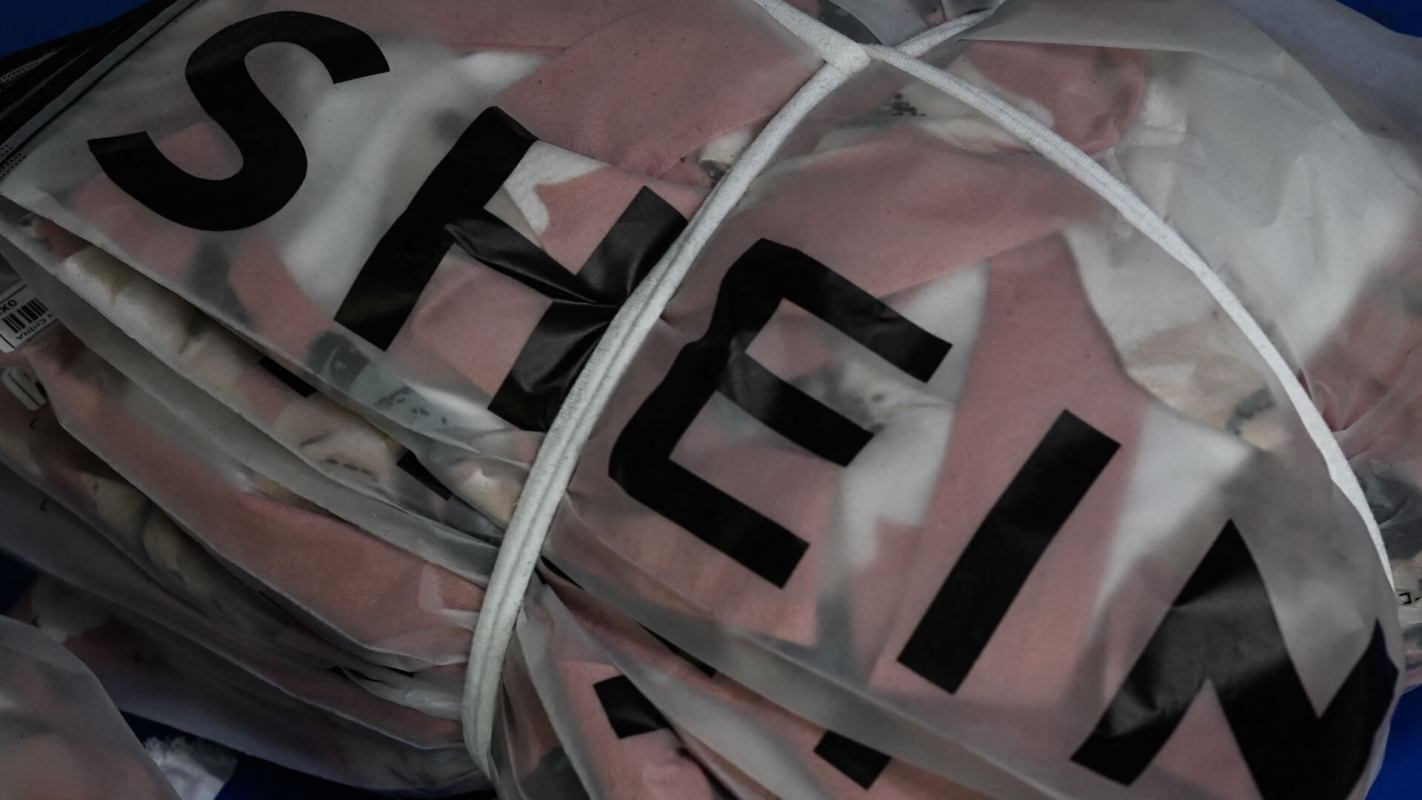"Fast fashion" has become a buzzword recently, but what does it mean?
Defining fast fashion
The phrase "fast fashion" describes the business model for clothing companies that mass produce low-quality yet trendy clothing at the lowest cost possible.
The rise of fast-fashion brands has immensely shrunk the duration of trend cycles, the process of trends trickling from runways — or, these days, from social media influencers — to everyday people. Think Miranda Priestly's monologue in "The Devil Wears Prada" about the color cerulean.
Examples of fast-fashion brands include clothing companies like H&M, Fashion Nova, Forever 21, Urban Outfitters, and Shein.
Not all fast-fashion brands are created equal –– some ultra-fast-fashion companies release hundreds if not thousands of new styles each week, while others produce fewer –– but they each dangerously cut the same corners to lower production costs.
The fast rate and low cost of producing clothing items are only made possible by exploiting workers and destroying the planet.
Dangerous for garment workers
Fast-fashion companies tend to operate in countries with few protections for workers and the environment, which allows them to evade accountability, endanger workers, and harm communities.
Garment workers are people who cut, sew, and otherwise produce clothing items. There are currently tens of millions of people who work as garment workers around the globe.
These workers suffer long hours in poor working conditions –– crowded fire exits, toxic materials and dyes, dangerous equipment, exhausting production quotas, unpaid sick leave, and more.
The Rana Plaza Disaster of 2013 exemplified the hazardous working conditions of garment workers as a commercial building in Dhaka, Bangladesh collapsed. The collapse killed more than 1,000 people and maimed 2,500 more after management ignored growing cracks that weakened the eight-story building's infrastructure.
According to Grow Ensemble, 85% of factory workers in the city of Dhaka are women who support their families with an average of $50 per month.
Garment workers exposed to these dangerous conditions are rarely paid wages that can sustain the cost of living. A report by the Clean Clothes Campaign from 2019 shows that garment workers across Asia, Central America, Africa, and Eastern Europe get paid poverty wages, meaning they can't afford necessities like food, rent, health care, and education.
Fast fashion negatively impacts our world
Fast fashion shrinks trend cycles because rapid access to newly trending clothing items that sell for low prices encourages consumers to constantly buy more than needed.
Since fast-fashion items are so low quality and trend cycles are becoming shorter and shorter, the closet-life of clothing has decreased dramatically, too. The average number of wears for an article of clothing has dropped 40% in the last 15 years, while clothing production has doubled.
In other words, fast fashion has worsened pollution caused by discarded clothing.
Besides clothing and fabric pollution, fast fashion brands use cheap, harmful synthetic dyes that pollute waterways, turning them into "toxic soup of chemicals" and rendering them unsafe to use. Producing clothing items for fast-fashion brands also requires over 20 trillion gallons of precious water each year.
Fast fashion also relies on cheap materials to lower costs. One of the least expensive and most common materials is polyester, a fabric made from oil. It is estimated that over 430 million barrels of oil are used each year to make enough polyester to meet demands from the fabric industry.
The fashion industry in general is known to release tons of pollutants into the air — from transportation of garments to the production of synthetic materials, fashion releases as many harmful gas pollutants into the air as all the planes in the aviation sector.
Fast fashion alternatives
Fast fashion offers easy access to clothing, low prices, and size inclusivity –– something many consumers have trouble finding elsewhere.
Regardless of why you may shop at fast-fashion brands, individuals aren't responsible for the industry's harmful practices. Different people have different needs, and no one should be shamed for wearing clothes that are most accessible to them.
For those who can easily find their size in most stores and have the resources to shop for fast-fashion alternatives, there are several options.
Online resale platforms provide an opportunity to shop for clothing items from an array of brands, fast fashion to designer, at bargain prices.
Examples include thredUP, Thrilling, Depop, Poshmark, Mercari, the RealReal, and eBay. There are also rental services for luxury brands like Rent the Runway and Armoire and physical resale shops like Crossroads Trading and Once Upon a Child.If trends are your thing, Detoure, the world's first influencer thrift shop, might be for you.
Follow The Cool Down on Instagram and TikTok.








